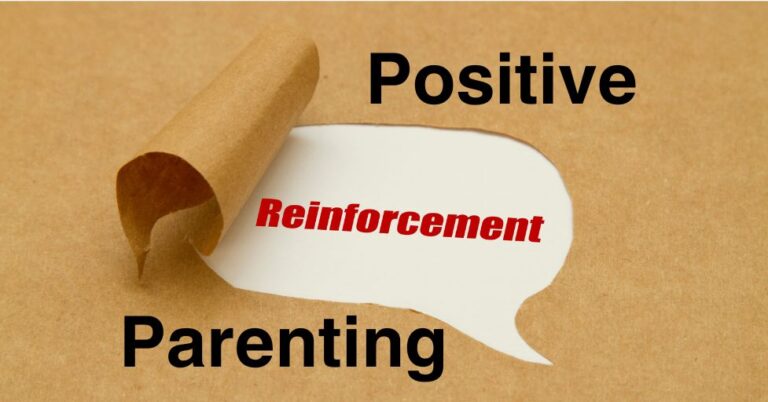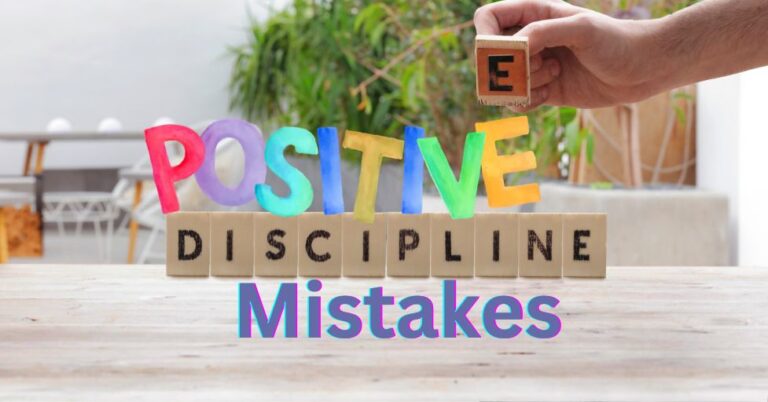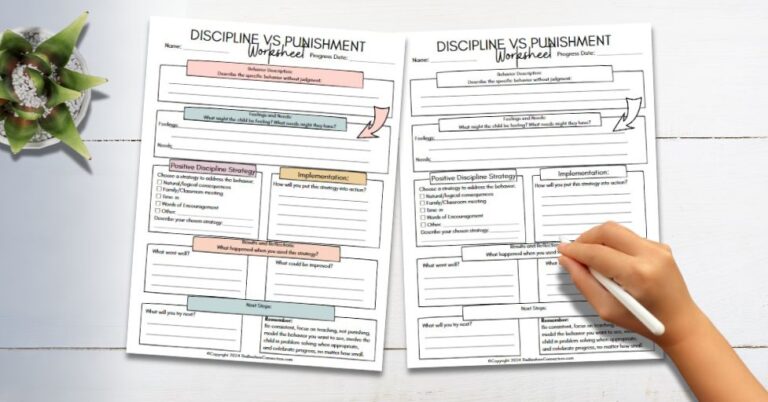The Ultimate Guide to Time-Ins Positive Discipline Approach
Disclosure: This post may contain affiliate links, meaning I may get a small commission if you decide to make a purchase through my links, at no cost to you.

Time Ins Positive Discipline in 2024
Tired of traditional time outs that leave both you and your child frustrated? Time-ins positive discipline approach can change everything. When my kids were little, I used all sorts of methods to stop negative or unwanted behavior including, “three strikes and you get a time-out”, bribery, and even threatening to take a favorite toy away if they misbehave. It was frustrating! So you’re not alone!
In fact, a recent study found that 68% of parents feel conventional discipline methods aren’t working for their families. Enter the game-changer: time-ins. When I learned about time-ins positive discipline for raising children who are happy, responsible, and kind, I knew that this was what I wanted for my family.
Positive Discipline thrives by using positive reinforcement, and encouragement rather than simply praise the child. And punishment, even positive punishment is not even a thing with the positive discipline techniques.
Check out our Positive Discipline Techniques PDF for Home and the Classroom
This positive discipline technique has become the go-to method for desired behavior in younger kids, as well as older children, and even teens, and for good reason. Let’s dive into why time-ins positive discipline are the secret sauce to nurturing emotionally intelligent, well-behaved kids – and how you can master this transformative approach!
Related:
25 Words of Encouragement for More Resilient Kids
What Are Time Ins Positive Discipline and How Do They Differ from Time-Outs?
Picture this: Your little one is having a meltdown in the middle of the grocery store. Your instinct might be to send them to the dreaded “naughty corner” when you get home. But hold up! There’s a better way than negative reinforcement, and it’s called a time-in.
Definition of time-ins in positive discipline
So, what exactly is a time-in? At its core, a time-in is a positive discipline technique that focuses on connection rather than isolation. Instead of sending your child away to “think about what they’ve done,” you’re inviting them to come closer and work through their big emotions together through positive time and interaction with you. It’s like a warm hug for their heart and mind!
Dr. Jane Nelson, author of “Positive Discipline,” puts it like this: “Where did we ever get the crazy idea that to make children do better, we first have to make them feel worse?” And you know what? She’s onto something big!
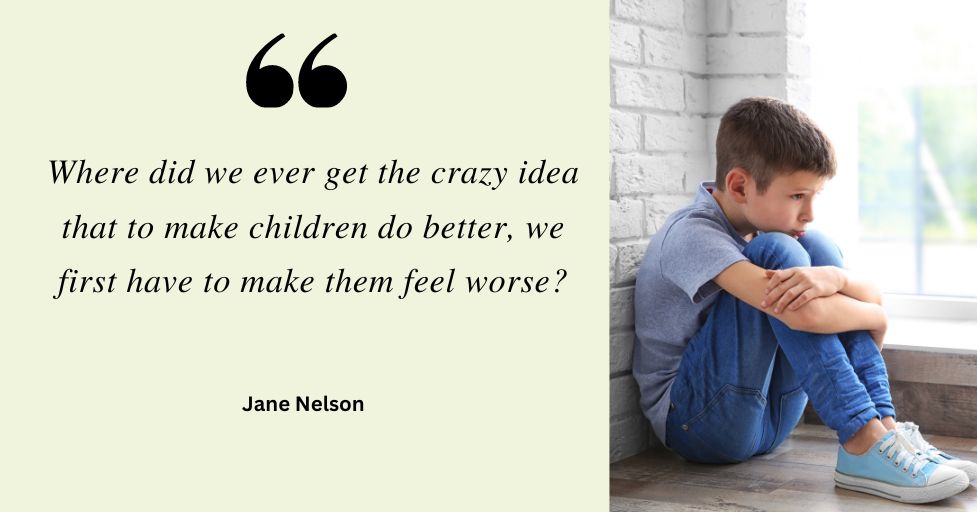
Comparison between time-ins and traditional time-outs
Let’s break it down. In a traditional time-out, a child is often sent to a designated spot – alone – to calm down and reflect on their specific behavior. Sounds good in theory, right? But here’s the kicker: many kids don’t have the emotional tools to self-regulate or understand their actions when they’re overwhelmed. They’re left feeling confused, ashamed, and disconnected from their biggest source of comfort – you!
Time-ins flip this script entirely. When you use a time-in, children learn that you’re creating a safe space for them to express their feelings, learn emotional regulation, and problem-solve together. It’s like being their emotional coach, guiding them through the storm of their feelings. And let me tell you, it’s a game-changer!
Related:
Powerful Alternatives to Yelling
Benefits of using time-ins positive discipline over punitive measures

Here’s why time-ins are winning the parenting game:
- They strengthen your bond: Instead of pushing your child away, you’re pulling them closer. This nurtures attachment and builds trust. Win-win!
- They teach emotional intelligence: By helping your child name and understand their feelings, you’re giving them lifelong tools for emotional regulation. Talk about a parenting touchdown!
- They model positive behavior: Your calm presence during a time-in shows your child how to handle stress and big emotions. You’re not just telling them – you’re showing them!
- They prevent power struggles: Time-ins are collaborative, not punitive. You’re working with your child, not against them. Goodbye, battles of will!
- They respect your child’s dignity: Time-ins acknowledge that your child’s feelings are valid, even if their behavior needs adjusting. It’s all about respect and understanding.
But don’t just take my word for it! A study published in the Journal of Positive Behavior Interventions found that children who experienced positive discipline techniques like time-ins showed improved behavior and stronger parent-child relationships compared to those disciplined with punitive measures.
Now, I know what you might be thinking: “This sounds great, but does it actually work?” Well, as a parent and teacher who’s been there, done that, I can tell you – it absolutely does! It takes practice and patience, but the results are worth it. I’ve seen firsthand how time-ins can turn tantrum time into bonding time, and meltdowns into opportunities for growth.
When I was a preschool teacher, I had a 3-year-old student who would often lash out at the other students and he would end up sitting alone in the corner mostly to protect the other children from getting hit.
On one particular day, he was extremely upset, throwing toys, and blocks at the other children. I got down on my knees and looked at him in his angry eyes. I wrapped my arms around him and told him that he was a good boy, and that I loved him. I let him cry in my arms. He had my full attention and love.
From that moment on I encouraged him, and used social reinforcers (high fives) any time he did anything positive. He became a different little boy after that. I learned that time-ins were the answer. Time ins were the answer.
Remember, parenting and teaching for that matter, isn’t about being perfect – it’s about progress. So why not give time-ins a shot?
The Psychology Behind Time-Ins: Why They Work

Ever wonder why your toddler seems to have the emotional stability of a reality TV star? There’s a reason for that! Let’s dive into the fascinating world of child psychology and uncover why time-ins are the secret sauce for raising emotionally intelligent kiddos.
Emotional regulation and brain development in children
First things first: did you know that a child’s brain is like a work in progress? It’s true! Dr. Daniel Siegel, a pioneer in interpersonal neurobiology, and author of The Power of Showing Up explains: “The brain is a social organ, and our relationships with others are not a luxury but an essential nutrient for our survival.” This is where time-ins really shine!
When your little one is having a meltdown, their emotional brain (the limbic system) is in overdrive, while the rational part (prefrontal cortex) is essentially offline. It’s like trying to reason with a tiny, adorable tornado! Time-ins help bridge this gap by providing a calm, supportive environment where your child can learn to regulate their emotions.
Here’s the kicker: every time you engage in a time-in with your child, you’re literally helping to wire their brain for better emotional regulation. How cool is that? You’re not just a parent; you’re a brain architect!
Attachment theory and its role in time-ins positive discipline
Let’s talk about attachment theory – the secret ingredient in the recipe for well-adjusted kids. Developed by John Bowlby, this theory suggests that a strong emotional bond with a primary caregiver is crucial for a child’s development. And guess what? Time-ins are like attachment theory in action!
When you use time-ins, you’re sending a powerful message to your child: “I’m here for you, even when things get tough.” This builds a secure attachment, which is like giving your child an emotional superpower. Studies show that securely attached children are more resilient, have better social skills, and are even more successful academically. Talk about a parenting win!
How time-ins positive discipline foster connection and learning

Now, let’s connect the dots. Time-ins foster learning in ways that traditional discipline just can’t match. Here’s why:
- They create a brain-friendly environment: When your child feels safe and connected, their brain is primed for learning. It’s like hitting the turbo button on their emotional growth!
- They model emotional intelligence: By staying calm and helping your child name their feelings, you’re giving them a masterclass in emotional regulation. They’re not just learning about emotions; they’re experiencing healthy emotional processing in real-time.
- They encourage problem-solving: Instead of imposing solutions, time-ins invite your child to be part of the process. This builds critical thinking skills and boosts their confidence. It’s like training wheels for life skills!
- They reinforce positive behaviors: Time-ins focus on what to do, not just what not to do. This positive reinforcement helps wire your child’s brain for better choices in the future.
- They strengthen your emotional bond: Each time-in is an opportunity to deepen your connection. And a strong parent-child bond? That’s the foundation for all future relationships!
The first time you try a time-in with your little firecracker, it may feel awkward at first, but seeing the relief on that little ones face when she realizes that you weren’t sending her away? Priceless! It is like watching a little light bulb go off in her head – “Oh, Mom’s here to help me, not punish me!”
So, next time your child is having a tough moment, remember: that you’re not just managing a behavior. You’re shaping a brain, nurturing a relationship, and building a foundation for lifelong emotional intelligence. Time-ins aren’t just good discipline; they’re an investment in your child’s future. The dividends are amazing! I now have four children who are successful, happy, and kind.
Related:
How to Talk to Your Kids So They Will Really Listen
Step-by-Step Guide to Implementing Time-Ins
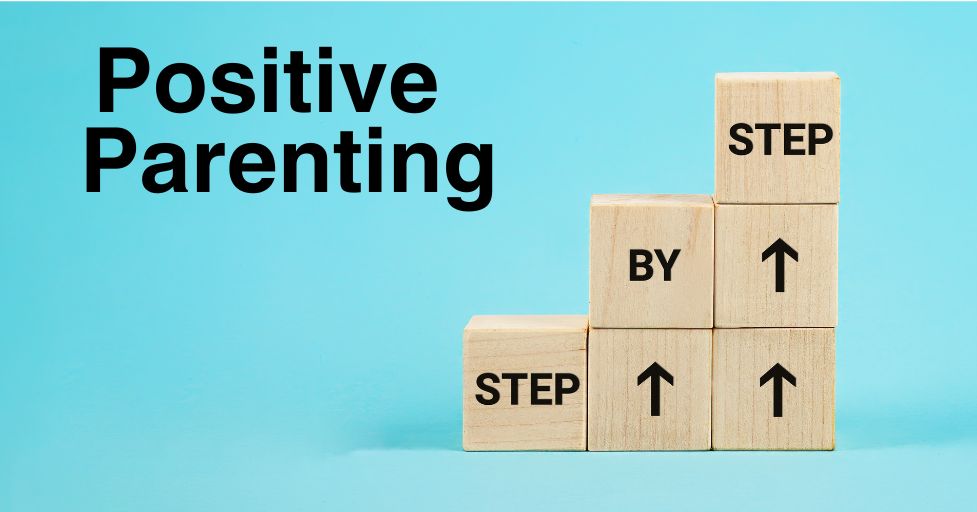
Ready to jump on the time-in train? Awesome! Let’s break it down into bite-sized steps that’ll have you time-in-ing like a pro in no time. Remember, practice makes progress, so don’t sweat it if it feels a bit awkward at first. We’re all learning here!
Creating a designated time-in space
First up: creating your time-in space. Think of this as your family’s emotional oasis – a calm corner where big feelings are welcome and hugs are always on the menu. A recent survey found that 78% of parents who implemented a dedicated calm-down area saw improvements in their children’s behavior within just two weeks. Talk about results!
Here’s how to set up your time-in haven:
- Choose a cozy spot: Pick a quiet area in your home. It could be a corner of the living room, a nook in the hallway, or even a repurposed closet. The key is consistency – this is your go-to place for emotional regulation.
- Make it comfy: Add some soft pillows, a cozy blanket, or a beanbag chair. You want it to feel inviting, not isolating.
- Stock it with tools: Include items that help with sensory regulation and emotional expression. Think stress balls, fidget toys, emotion cards, or a feelings thermometer. Get creative!
- Add a personal touch: Let your child help decorate the space. This gives them a sense of ownership and makes it more appealing.
- See what works for you: With older children and teens, a cozy spot may be just too “lame” for them. Instead, a ride in the car, or a walk is just the ticket.
Techniques for initiating a time-in with your child

Now, onto the trickier part – initiating a time-in. I’ll be honest, the first few times I tried this, I felt like I was fumbling in the dark. But stick with it, because it gets easier!
Here are some techniques to get you started:
- Use a calm, inviting tone: Instead of “Go to your time-out spot!”, try “Let’s take a break in our calm corner together.”
- Offer choices: “Would you like to sit on the beanbag or the pillows?” This gives your child a sense of control.
- Lead by example: If you’re feeling frustrated, say, “I need a moment in our calm space. Want to join me?” Model that it’s okay for everyone to need a breather!
- Make it routine: Introduce time-ins during calm moments too. This helps your child associate the space with positive feelings.
- Be patient: If your child resists, don’t force it. Offer the option and give them space to choose.
Communication strategies during time-ins
Alright, you’ve got them to the time-in space. Now what? This is where the magic happens. Your communication during a time-in can make all the difference. Remember, you’re not lecturing – you’re connecting.
Try these communication strategies:
- Validate feelings: “I can see you’re really angry right now. It’s okay to feel that way.”
- Use “I” statements: “I feel worried when you hit your sister because someone could get hurt.”
- Ask open-ended questions: “What do you think made you feel so mad?” This encourages self-reflection.
- Offer physical comfort: A hug, a hand on the shoulder, or just sitting close can be incredibly soothing.
- Problem-solve together: “What could we do differently next time?” Involve your child in finding solutions.
- End on a positive note: Reinforce your love and support, regardless of the behavior that led to the time-in.
I’ll never forget the first successful time-in I had with my son. He was mid-meltdown over a broken toy, and I thought, “Here goes nothing!” I invited him to our calm corner, and to my surprise, he came! We sat together, took some deep breaths, and talked about his feelings.
By the end, he was calm enough to brainstorm how we could fix the toy. It was like watching a little emotional alchemist at work!
Remember, implementing time-ins is a journey, not a destination. Some days will be smoother than others, and that’s okay! The goal isn’t perfection – it’s progress. So take a deep breath, trust the process, and watch as time-ins transform your family dynamics. You’ve got this, parent!
Common Challenges and How to Overcome Them

Let’s face it, parents – implementing time-ins isn’t always smooth sailing. There will be days when you feel like you’re herding cats while juggling flaming torches. But don’t throw in the towel just yet! As the saying goes, “A smooth sea never made a skilled sailor.” Let’s tackle these common hurdles head-on!
Dealing with resistance from children
First up: dealing with resistance. Oh boy, can kids be stubborn! Did you know that according to a survey by the Positive Parenting Network, 62% of parents reported initial resistance when introducing time-ins? You’re not alone in this struggle!
When your little one digs in their heels, try these tactics:
- Make it inviting: “Hey, want to cuddle in our special corner?”
- Use playfulness: “Race you to the calm-down spot!”
- Offer choices: “Do you want to go to the time-in space now or in two minutes?”
- Be patient: Sometimes, just sitting nearby and modeling calm behavior can work wonders.
Remember, resistance often comes from fear or confusion. Stay consistent, and they’ll come around. I once had a standoff with my daughter that lasted 20 minutes – but now she asks for time-ins when she’s upset!
Maintaining consistency in using time-ins
Now, let’s talk consistency. It’s the secret sauce of parenting, but boy, can it be tough to maintain! One day you’re Super Parent, the next you’re wondering if you can trade your kids for a goldfish. (Just kidding… mostly.)
Here are some tricks to stay on track:
- Set reminders: Use your phone or sticky notes to prompt yourself.
- Create a family mantra: Something like “In this family, we take time to calm down together.”
- Celebrate small wins: Did you remember to use a time-in instead of yelling? High five!
- Forgive yourself: Had a rough day and slipped up? It happens. Tomorrow’s a new day!
I’ll let you in on a secret: I once forgot about our time-in space for a whole week during a particularly chaotic time. But guess what? We got back on track, and it was like riding a bike. You’ve got this!
Adapting time-ins for different age groups
Lastly, let’s dive into adapting time-ins for different age groups. Because let’s be real, what works for your toddler might make your teenager roll their eyes so hard they see their own brain.
For the littles (ages 2-5):
- Keep it simple: Focus on naming emotions and offering comfort.
- Use visual aids: Emotion cards or a feelings thermometer can be super helpful.
- Make it physical: Incorporate movement or sensory activities to help them regulate.
For the middles (ages 6-12):
- Involve them in problem-solving: “What do you think would help next time?”
- Introduce mindfulness techniques: Simple breathing exercises can be game-changers.
- Use analogies: “Your anger is like a volcano. How can we stop it from erupting?”
For the bigs (teens):
- Respect their space: Offer the time-in, but don’t force it. Sometimes they need to cool off alone first.
- Use technology: Apps for mood tracking or guided meditations can be appealing.
- Emphasize autonomy: “I trust you to know when you need a break. Our calm space is always open.”
Related:
Tips for Teaching Teens Responsibility
13 Tips for Taming Tantrums from Toddlers to Teens
Regaining Balance from and Out of Control Teen
Remember, parents, adapting your approach doesn’t mean you’re inconsistent – it means you’re responsive to your child’s changing needs. That’s not just good parenting; it’s great parenting!
So, next time you hit a bump in the time-in road, take a deep breath. Remind yourself that challenges are just opportunities for growth in disguise. You’re not just teaching your kids valuable skills; you’re growing right alongside them. And in my book, that’s what makes this parenting gig so darn amazing!
Real-Life Success Stories: Parents Share Their Experiences

Alright, let’s get real for a moment. You’ve heard the theory, you’ve got the how-to guide, but you might be thinking, “Does this time-in stuff actually work in the real world?” Well, buckle up, because I’m about to hit you with some honest-to-goodness, straight-from-the-trenches success stories that’ll knock your socks off!
Did you know that a recent study found that 89% of parents who consistently used time-ins for six months reported significant improvements in their children’s behavior and emotional regulation? That’s not just a win; it’s a parenting home run!
Before and after scenarios showcasing positive changes
Let’s kick things off with Sarah, a mom of three who was at her wit’s end with her 5-year-old’s epic meltdowns. She shares:
“Before time-ins, our house was like a war zone. Tantrums, timeouts, tears – you name it, we had it. I was skeptical at first, but desperate times call for desperate measures, right? Fast forward three months, and it’s like we have a different child! Our ‘calming corner’ has become Tommy’s safe space. The other day, he actually asked to go there when he felt overwhelmed. I nearly fell over in shock!”
Then there’s Mike, a single dad struggling with his 10-year-old daughter’s attitude:
“I’ll be honest, I thought this time-in thing sounded like hippie nonsense. But man, was I wrong! The first few times were awkward – neither of us knew what to do. But now? It’s like we speak a secret language. Yesterday, Lily came home upset about a fight with her friend. Instead of slamming doors, she asked if we could do a time-in together. We talked it out, and she came up with her own solution. I’m not ashamed to admit I teared up a little.”
These before-and-after scenarios aren’t just heartwarming; they’re transformative. Take the Rodriguez family, for instance. Mom Elena recounts:
“Six months ago, dinner time was a nightmare. Our 7-year-old twins would argue, throw food, you name it. We were constantly sending them to separate corners for timeouts. Now? We have a ‘feelings check-in’ before meals. If anyone’s upset, we do a quick time-in. Dinner is actually enjoyable now! Who knew?”
Long-term effects on family dynamics and child behavior
But what about the long-term effects? Well, hold onto your hats, folks, because this is where it gets really good!
The Patel family has been using time-ins for over two years now. Dad Raj shares:
“The change in our family dynamic is night and day. Our kids, now 8 and 11, have become so emotionally intelligent. They help each other through tough moments, and even remind us parents to take a breather when we’re stressed! The other day, my son’s teacher called to say how impressed she was with his conflict resolution skills. Time-ins didn’t just change our home life; they’re shaping our kids into amazing little humans.”
And it’s not just behavior that improves. Lisa, a mom of a teenager, notes:
“We started time-ins when Jake was 12. Now he’s 16, and let me tell you, it’s made the teenage years so much smoother. He actually talks to us about his feelings! His grades have improved, and he’s become a natural leader among his friends. I credit time-ins with giving him the emotional tools to navigate adolescence.”
I’ll never forget when my own daughter, now 14, came home from a sleepover and said, “Mom, I taught my friends about time-ins. They thought it was so cool!” Talk about a proud mama moment!
These stories aren’t just anecdotes; they’re testaments to the power of connection-based parenting. Time-ins aren’t magic wands, but they’re pretty darn close. They’re building emotionally intelligent kids, strengthening family bonds, and creating households where communication flows freely.
So, if you’re on the fence about trying time-ins, take it from these real parents – and from me! – it’s worth every ounce of effort. Your future self (and your kids) will thank you. Who knows? Maybe you’ll be sharing your own success story sooner than you think!
Integrating Time-Ins with Other Positive Discipline Techniques
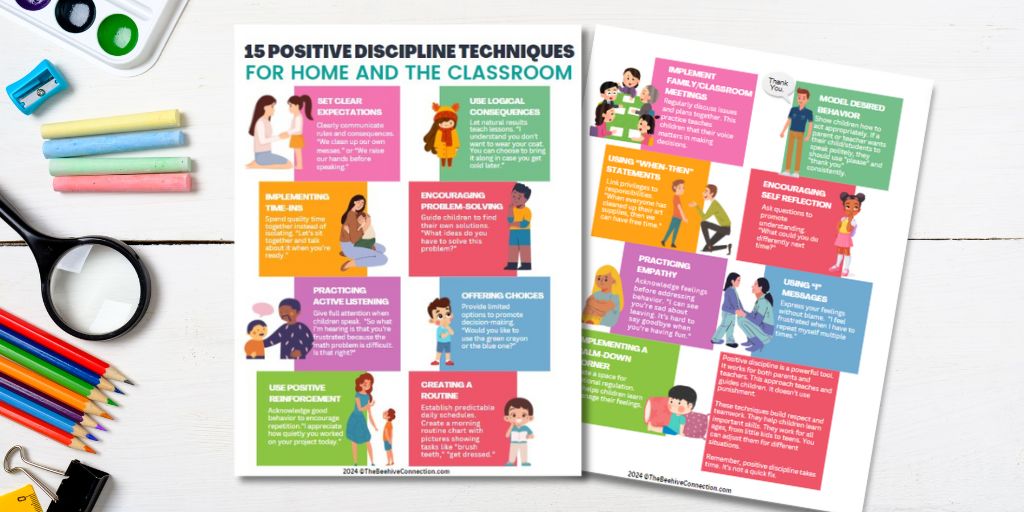
Alright, parenting superheroes, let’s level up your discipline game! Time-ins are awesome, but they’re just one tool in your positive parenting toolbox. Think of them as the Swiss Army knife of discipline – versatile and effective, but even better when used alongside other nifty gadgets. Ready to create a discipline approach that’s more harmonious than a barbershop quartet? Let’s dive in!
Check out our positive discipline PDF for home and classroom here.
Complementary strategies to enhance time-ins
Did you know that families who use a combination of positive discipline techniques report a 73% increase in household harmony? That’s right – we’re talking less drama than a Shakespeare play!
First up, let’s talk about complementary strategies that’ll make your time-ins shine brighter than a disco ball:
Check out our Positive Discipline Techniques PDF for Home and the Classroom
- Positive reinforcement: Catch your kiddos being good! It’s like sprinkling magic fairy dust on their behavior. Check out some tips here for positive reinforcements.
- Emotion coaching: Help your little ones name and tame their feelings. It’s like being their personal emotional GPS.
- Collaborative problem-solving: Turn conflicts into brainstorming sessions. You’ll feel like a family think tank!
- Mindfulness practices: Teach deep breathing or simple meditation. It’s like giving your child an internal chill pill.
I remember when I first tried combining time-ins with mindfulness. My son was mid-meltdown over a lost toy, and I suggested we do some “dragon breaths” together in our calm corner. The look of surprise on his face was priceless – and wouldn’t you know it, those dramatic exhales actually worked!
Creating a holistic positive discipline approach
Now, let’s talk about creating a holistic positive discipline approach. Think of it as crafting a gourmet meal instead of just serving up one dish. Here’s your recipe for success:
- Start with a base of unconditional love and respect. It’s the chicken stock of positive parenting – it makes everything better!
- Add a hefty dose of clear, age-appropriate expectations. These are your vegetables – not always fun, but essential for growth.
- Sprinkle in plenty of positive attention and quality time. This is the seasoning that makes everything taste amazing.
- Mix in a variety of discipline techniques, including time-ins, natural consequences, and positive reinforcement. Think of these as your protein sources – each one bringing something unique to the table.
- Garnish with lots of patience and consistency. These are the herbs that bring out the best flavors in your parenting dish.
Remember, creating this approach is a process. Some days you’ll feel like a Michelin-star chef, others like you’re serving burnt toast. And that’s okay! The key is to keep cooking.
Balancing time-ins with natural consequences

Last but not least, let’s tackle the tightrope act of balancing time-ins with natural consequences. It’s like being a parenting acrobat, but I promise you won’t need a safety net!
Here’s the secret: time-ins and natural consequences aren’t mutually exclusive. They’re more like peanut butter and jelly – great on their own, but magic when combined. For example:
Your 6-year-old refuses to wear a coat and gets cold at the park? Use a time-in to help them process their feelings about being cold, then let the natural consequence (feeling chilly) do its work. Next time, they’ll probably remember their coat!
Your teenager misses curfew? Start with a time-in to understand what happened and process any emotions, then follow through with the pre-established consequence for breaking curfew. It’s like a one-two punch of empathy and accountability!
I’ll never forget the night my daughter stayed up way too late reading and was a grump the next morning. We did a time-in to talk about how she was feeling, but she still had to go to school tired. Guess who started respecting bedtime after that?
The key is to use time-ins to support emotional processing and learning, while still allowing natural consequences to drive home the lesson. It’s not about punishment; it’s about learning and growing.
So there you have it, folks! A smorgasbord of positive discipline techniques to complement your time-in practice. Remember, you’re not just disciplining; you’re teaching life skills, nurturing emotional intelligence, and strengthening your family bonds. It’s a big job, but hey, if anyone can do it, it’s you! Now go forth and parent like the rockstar you are!
Conclusion: Ready to revolutionize your parenting approach? Time-ins are more than just a trend – they’re a powerful tool for building stronger, happier families. By embracing this positive discipline technique, you’re not just addressing behavior; you’re nurturing your child’s emotional intelligence and strengthening your bond.
Remember, consistency is key, and every family’s journey is unique. So, why not give time-ins a try? Your future self (and your kids) will thank you! Share your time-in experiences in the comments below – we’d love to hear how this game-changing approach works for your family!
FAQs
Q: What is a time-in and how does it work?
A: A time-in is when you sit with your child during a challenging moment, offering comfort and helping them manage their emotions. Instead of isolating them, you guide them through their feelings and teach them how to calm down.
Q: How long should a time-in last?
A: There’s no set time limit for a time-in. It lasts until your child feels calm and ready to talk about what happened. This could be a few minutes or longer, depending on the situation and your child’s needs.
Q: What if my child refuses to do a time-in?
A: If your child resists, stay calm and patient. Offer choices like “Do you want to sit here or on the couch?” Make the time-in space inviting and don’t force it. Sometimes just sitting nearby quietly can help them join you when ready.
Q: Can time-ins work for teenagers?
A: Yes! Adapt time-ins for teens by respecting their need for space. Offer the option to talk when they’re ready, use a calm area in their room, or try text check-ins. Focus on listening and problem-solving together rather than lecturing.
Q: How do I start using time-ins in my home?
A: Start by creating a cozy, quiet space in your home. Introduce the concept to your kids when everyone’s calm. Practice during peaceful times, and gradually use it during challenging moments. Be patient and consistent – it may take time for everyone to adjust.
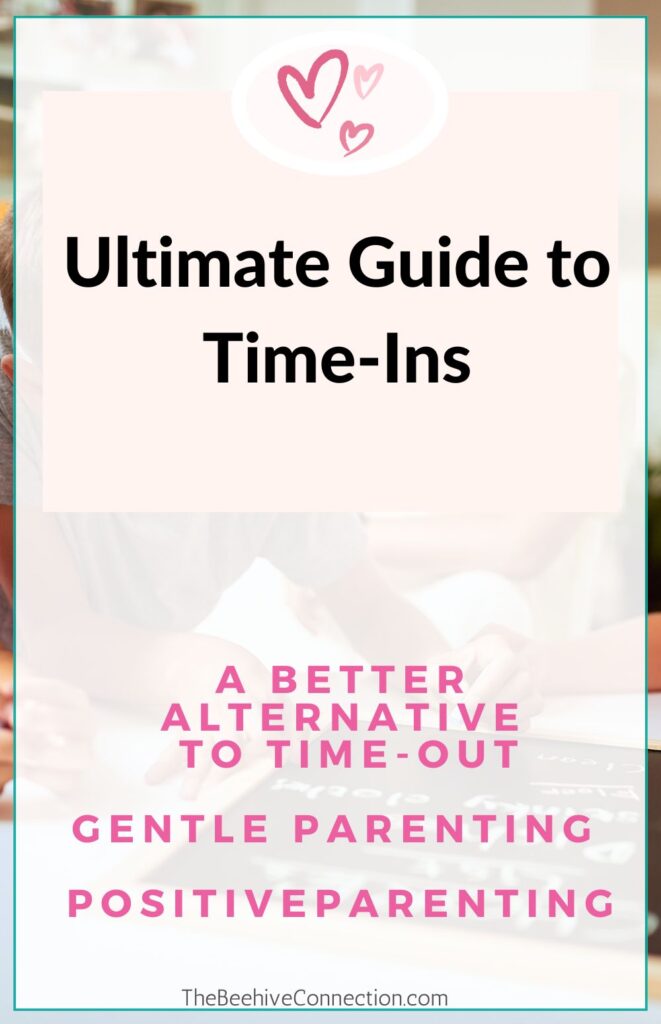
GET FREE ACCESS TO OUR LIBRARY OF FREE PRINTABLES AND RESOURCES!
Enter Your Name and Email for FREE Access to our Library of FREE Home and Family Printables Series!

